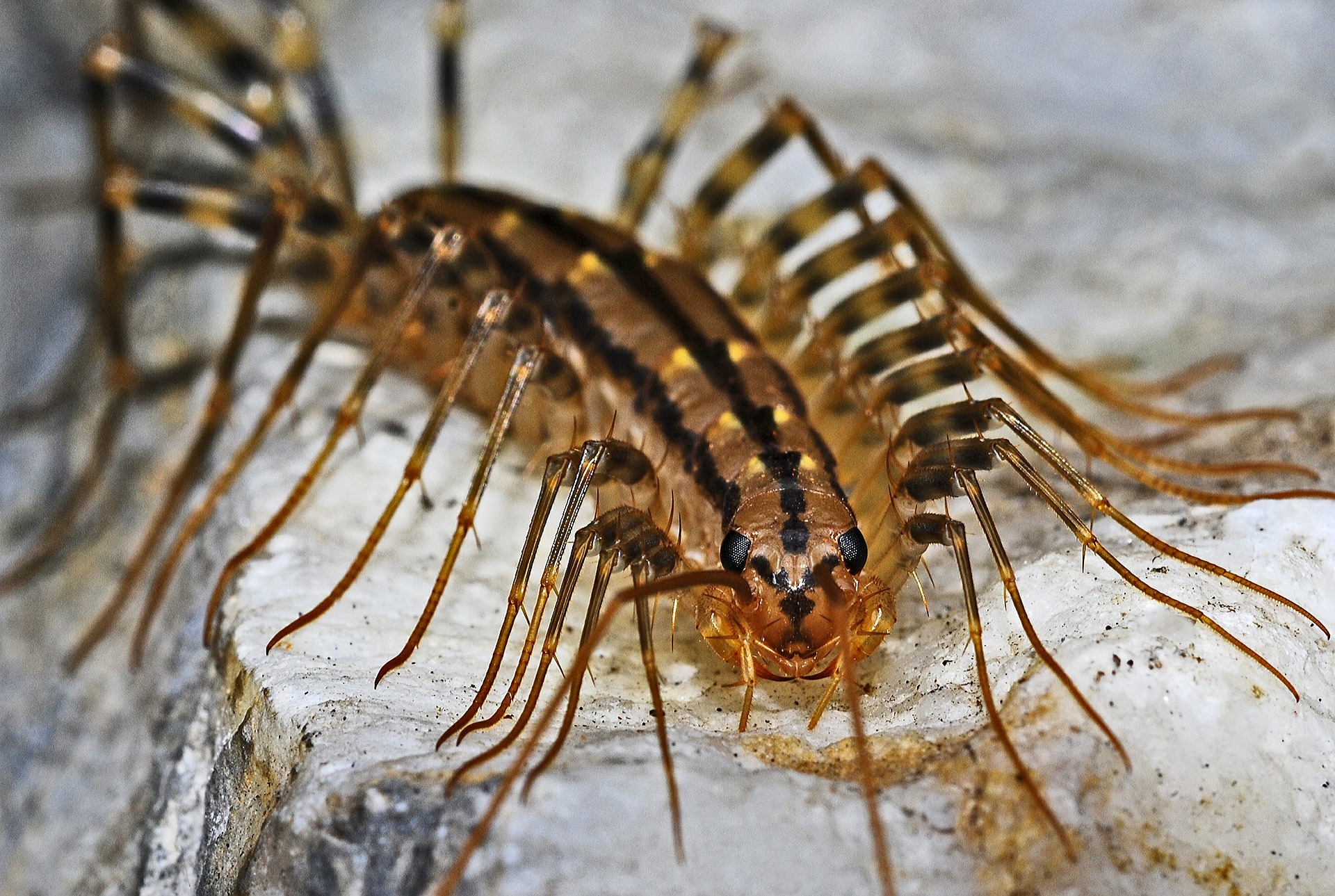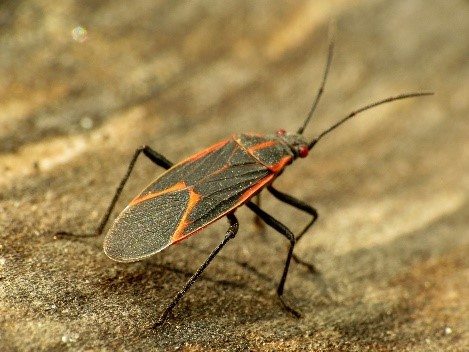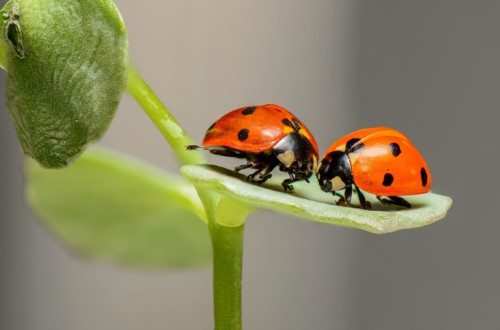Centipedesdeveloper2024-10-02T16:45:01-05:00
Centipedes
Centipedes
Color: Centipedes are yellowish to dark brown, and some will have darker stripes or markings.
Characteristics: Centipedes are sometimes called “hundred-leggers” because of their many pairs of legs. Often found in areas of moisture both indoors and outdoors feeding on prey and plant tissues.
Size: Centipedes are approximately 1/8 – 6” long.
Potentially Dangerous: Yes, centipedes can sting. Pain is similar to a bee sting.
What is a centipede?
Centipedes are primarily carnivorous insects and live in places of moisture such as under bark, in piles of leaves, basements, bathrooms, damp closets, or potted plants.
Why do I have centipedes?
If you’re noticing centipedes in your home, they are likely finding moisture. These areas attract centipedes. The best way to prevent them is to reduce or eliminate these areas of moisture including:
- Accumulations of leaves and grass clippings
- Logs, stones, and rocks
- Ensure proper ventilation in any moist areas such as crawl spaces, bathrooms, and basements.
Are centipedes dangerous?
Large species can bite human skin, leaving a bee sting-like bite if they feel threatened. Although these stings are painful, they are generally not fatal.
How do I get rid of centipedes?
To get rid of centipedes indoors, you can easily be remove them using a vacuum. Since it’s much harder to remove them outdoors, preventing them in the first place is key.
Is the treatment safe?
All products used are EPA registered for pest control use to keep your family, pets, and plants as safe as possible. Your technician will fully explain treatment options being used so you are well informed. Contact Terminix Wil-Kil Pest Control today to learn more about your treatment options for centipedes.
Related Post From Our Blog
developer2020-11-11T15:11:02-05:00September 29th, 2017|0 Comments
The weather is starting to cool off again, which means we have the pleasure of dealing with a whole new variety of fall insects looking [...]
developer2020-11-11T11:55:44-05:00September 3rd, 2015|0 Comments
September means back to school, the return of cooler weather and the invasion of over-wintering pests. Over-wintering pests are those pesky creatures that move into structures in the fall, camp out and lay dormant all winter, and then emerge with abandon at the first sign of warm weather. The most common over-wintering pests in the upper Midwest include Asian lady beetles, box elder bugs and cluster flies.
Pest control companies receive an influx of calls in the spring when these pests try to exit homes or businesses. The best way to avoid seeing them in the spring though, is to prevent them from entering your home or business in the fall. So, how do you keep over-wintering pests out?
Centipedes in Sun Prairie, WI
Terminix Wil-Kil Pest Control is a local Pest Control and Extermination company helping homeowners and businesses with pest issues across WI.
Serving Sun Prairie | Chippewa Falls | Menomonee Falls | Appleton
Madison | Green Bay | Eau Claire | Oshkosh | Kenosha | Racine



